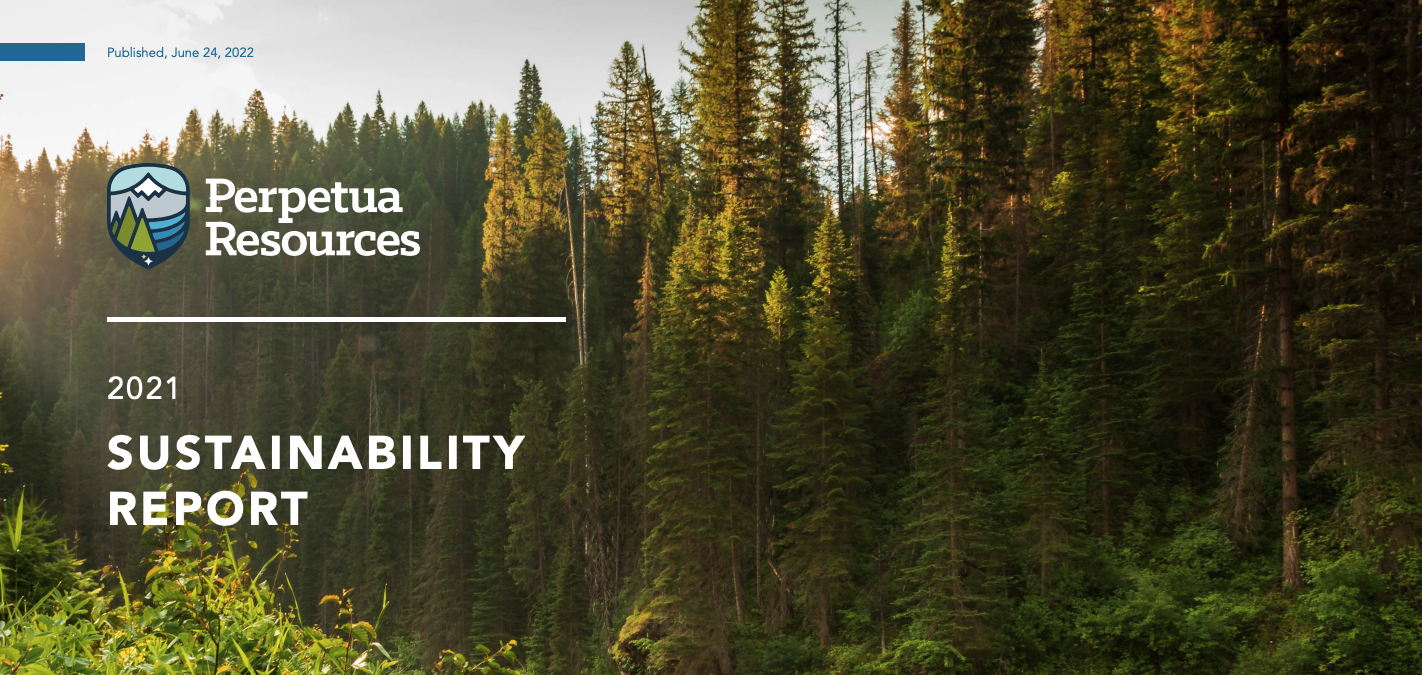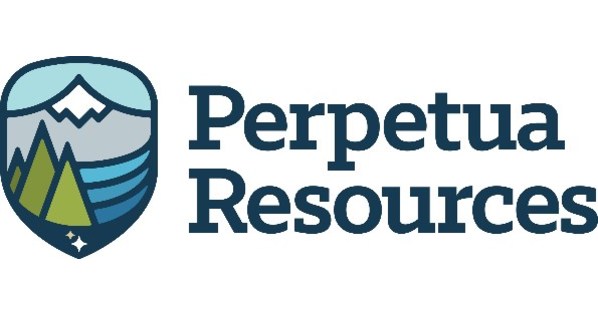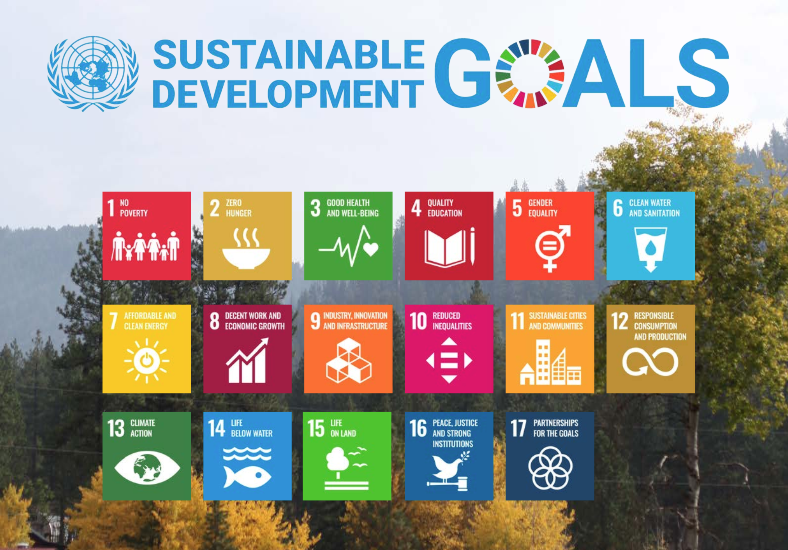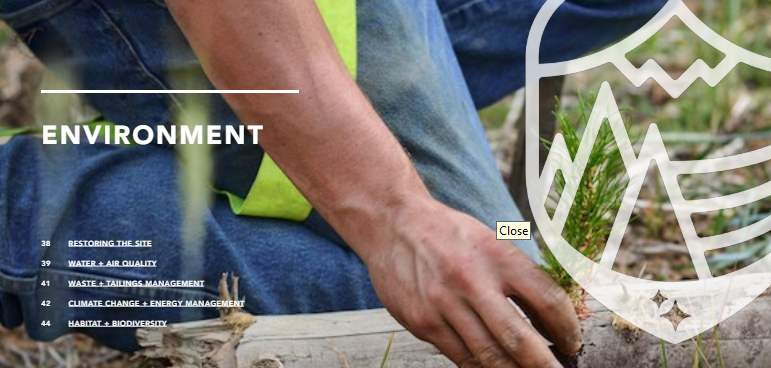
Perpetua Resources’ vision is to restore an abandoned mine site, responsibly produce minerals and benefit surrounding communities. Since 2019, the WSC team has been working with Perpetua Resources on ongoing sustainability analysis, planning, greenhouse gas inventory, sustainability reporting, and emission reduction strategies. In 2022, WSC supported Perpetua with the development of two publications: Perpetua’s Sustainability Roadmap published in April, and the 2021 Sustainability Report published in June.
Perpetua’s Sustainability Roadmap is the cumulation of a multi-year collaborative process to identify key topics and set 13 sustainability goals relevant to both Perpetua and Perpetua’s stakeholders. These goals are also aligned with many of the UN Sustainable Development Goals (UNSDGs). One of Perpetua’s goals is: “To be a responsible link in the clean energy supply chain.” With the largest antimony deposit in North America situated in a sensitive ecosystem in the Salmon River Watershed, Perpetua has a unique challenge to ensure that where and when mining happens - it happens in both an environmentally safe and socially responsible way.
In fulfilling this goal, Perpetua entered into an agreement to supply a portion of the antimony production from the Stibnite Gold Project to Ambri Inc.
WSC team estimates that the amount of Antimony per this agreement which will be used in utility-scale batteries, combined with wind or solar, could power more than one million homes with 100% renewable energy for at least 20 years.
With the world watching, Perpetua is paving the way for projects like this, working to mine in a responsible way and ensuring that we have the critical minerals to build a renewable energy economy. It’s estimated that critical mineral production needs to grow six-fold in order to combat climate change, according to the International Energy Agency (IEA) 2021 Net Zero by 2050 Report.
To report on these goals, Perpetua will continue the practice of publishing a sustainability report. Perpetua’s 2021 Sustainability Report follows the Sustainability Accounting Standards Board (SASB) framework. The purpose of aligning to the SASB framework is to adhere to a more rigorous reporting standard that furthers the company’s ongoing commitment to increased transparency and responsibility - both of which are critical in places like Stibnite where there is a legacy of historic mining and a culturally and ecologically sensitive ecosystem. The report was published in June and can be found here.


“I wish we had hired WSC four years earlier. It would have saved so much time and money.”
- McKinsey Miller

